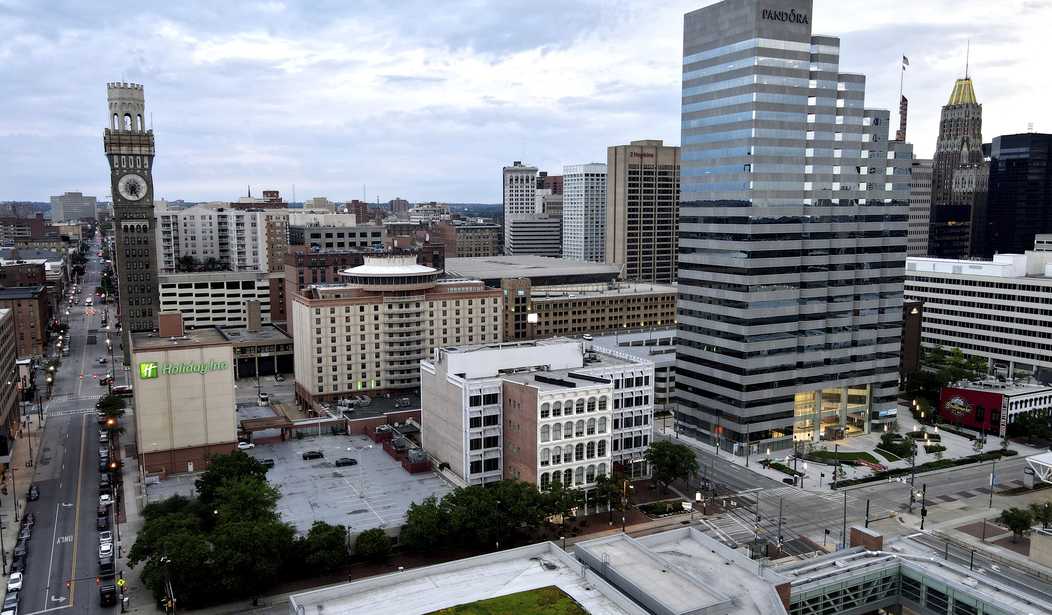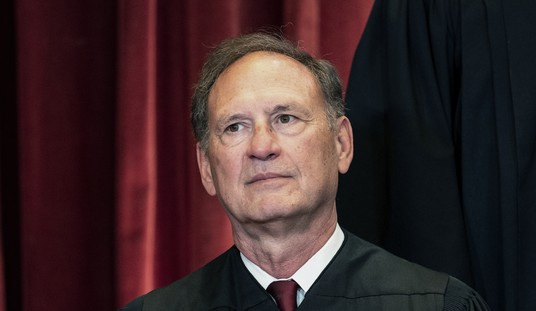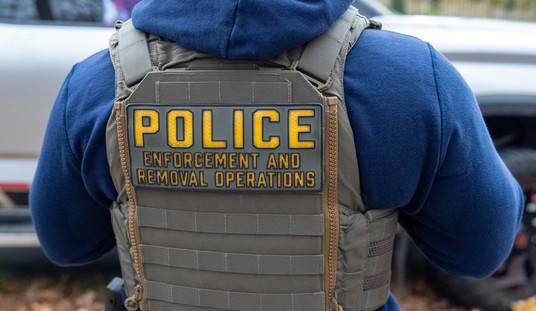It’s time that we start calling this stuff for what it is.
Defunding the police is a white supremacist idea and those supporting it are white supremacists, period. This racist movement is threatening to further devastate many predominantly black neighborhoods.
The history of Baltimore is a prime example, demonstrating that this misguided idea will lead to more dead black bodies. It means more African American families will be impacted in a way that ensures that disparities in the quality of life remain.
The definition of white supremacy, according to Merriam-Webster is: “the social, economic, and political systems that collectively enable white people to maintain power over people of other races.”
If the “Defund the Police” crowd have their way, it will result in “social, economic, and political” conditions that will help to exacerbate the impact and legacy of racist government policies specifically designed to create the disparities between black and white Americans that we see today.
By that definition, it is not hard to see that defunding the police is nothing less than full-on white supremacy.
Stephen J.K. Walters, author of “Boom Towns: Restoring the Urban American Dream,” and chief economist at the Maryland Public Policy Institute wrote a piece for City Journal detailing how embracing the very measures that the hard left is putting forth devastated the city’s black residents. The author explained how over the past decade, the city’s leaders engaged in an “experiment” in which they drastically slashed the law enforcement budget resulting in less policing. He wrote:
This experiment has been an abject failure. Since 2011, nearly 3,000 Baltimoreans have been murdered—one of every 200 city residents over that period. The annual homicide rate has climbed from 31 per 100,000 residents to 56—ten times the national rate. And 93 percent of the homicide victims of known race over this period were black.
Walters explained how the city’s ineffectual response to the crime wave in the 1990s eventually sparked the effort to start defunding the police department ten years later. In the 1990s, the city “averaged 45 homicides per 100,000 population, up 55 percent from the previous decade.”
The residents elected Martin O’Malley as mayor, who vowed to adopt a new strategy to address the crime problem. He decided to emulate New York’s approach to fighting crime in Baltimore. However, as Walters notes, he failed to implement the strategy in a way that would be effective. He writes:
Chief William J. Bratton implemented the Broken Windows theory-inspired community-policing methods pioneered by social scientists George Kelling and James Q. Wilson, who understood how small manifestations of disorder could grow to larger ones. Minor offenses that made residents feel unsafe or hinted at acceptance of violence were addressed in order to improve quality of life, strengthen communities, and prevent serious crime.
Unfortunately, O’Malley and BPD’s leadership “misunderstood” and “misapplied” the Broken Windows theory. “It mutated into a malignant variant, ‘zero tolerance’ policing – and BPD conduct became not just intolerant but unfocused and excessive,” Walters noted.
When Broken Windows policing is applied as it was intended, it created “a negotiated sense of order in a community.” It is a close collaboration between law enforcement and the city’s residents, not a “lock everybody up” approach.
One BPD vet described it in this way:
You go to a community—before we come in, [we should ask], ‘What are the main things you all can’t stand?’ Everybody playing music at 11:30 at night, kids sitting on the corner, the prostitutes using the little park over there to work their trade. Now, ‘What don’t you care about?’ See the old guys sitting down at the corner playing cards every night? They could stay there all they want. . . . Then the police come in and do what the neighborhood wants. You just don’t go out and lock everybody up.” But, he concluded, “we went overboard.”
The police department’s new approach resulted in dramatically higher arrest rates – “over 110,000 in 2005, in a city of 600,000,” according to Walters. But even worse, there was “no meaningful reduction in homicides, an ACLU lawsuit, and an erroneous but widely shared feeling that Broken Windows was bunk and policing was not the answer to the city’s crime problems.”
However, prospects for the city’s handling of crime seemed to be positive when Sheila Dixon succeeded O’Malley as mayor. She appointed Frederick Bealefeld as commissioner and began seeing better results. Walters notes that Bealefeld “attended community meetings tirelessly to find out what residents wanted done; got cops out of their cars and walking patrols more often; invested in better training; and supported cops’ work with kids.”
The new approach worked, resulting in a significant decrease in arrests and homicides. “Even as arrest totals fell (to 70,000 by 2010), so did the homicide rate, to a low of 31 per 100,000 residents by 2011,” Walters points out.
Unfortunately, this progress was used by the next mayor, Stephanie Rawlings-Blake, to begin the push for defunding the city’s police department. She began by pushing for a two-percent pay cut and an increase in officers’ contribution to their pension funds. “Demoralized, experienced cops started retiring in numbers,” Walters writes.
But it didn’t stop there. Not only did Rawlings-Blake fail to replace these officers, but she also continued cutting staff. “BPD budgets had consistently authorized about 3,900 positions through the O’Malley and Dixon years,” Walters explains. “Rawlings-Blake took that down by 5 percent in her 2012 budget and another 6 percent in 2013.”
By 2015, the BPD had 460 fewer officers on duty and 300 fewer patrolling neighborhoods, conducting investigations, or going after violent offenders. “Not surprisingly, the homicide rate surged 20 percent by 2013. And after the city’s newly elected prosecutor, Mosby, criminally charged six uniformed officers in Gray’s death—though she failed to convict any—proactive policing essentially ceased. The city’s annual body count jumped and has remained tragically high since,” Walters writes.
Unfortunately, Baltimore’s current leadership seems to have failed to learn its lesson from previous administrations. Newly-elected mayor Brandon Scott has vowed to cut the police budget over a five-year period. State’s Attorney for Baltimore Marilyn Mosby indicated she would stop prosecuting “low-level” crimes.
One of the most regrettable mistakes that leaders and influencers in the conservative movement and Republican Party have made is remaining on defense when it comes to racial matters. Leaders and influencers on the right spend more time crying foul when so-called progressives call conservatives racist.
Here’s the bottom line: More dead black bodies due to less policing is white supremacy. Ensuring that black Americans suffer more violent and property crimes is white supremacy. Presiding over a decades-long increase in homicides and other crimes in predominantly black communities is peak white supremacy. Decreasing the number of police officers against the wishes of black Americans is nothing less than unabashed racism and we should not be hesitant to refer to it as such.
Sometimes being on defense is necessary. But staying on defense is not a sound strategic move. Perhaps it is time for us to take our gloves off and refer to the “defund the police” crowd as what they are: White supremacists.













Join the conversation as a VIP Member